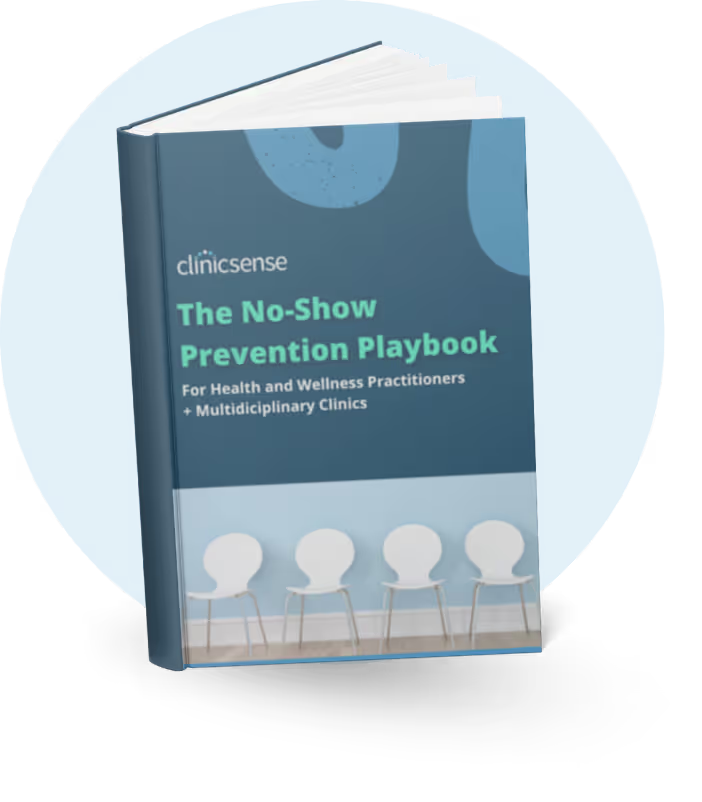Marketing
December 16, 2014

While we promote proper planning in a marketing strategy, sometimes there is an element of throwing shit against the wall and seeing what sticks. Well, perhaps we can be a little more polite – marketing involves some experimentation to see what works for your business – the stuff that sticks is where the money is.
Now, take a moment to channel your Grade 8 self and think about experiments – you had your question, hypothesis, experiment, observation, analysis, and conclusion. If you didn’t observe and analyze the experiment, how did you know if the experiment worked?
The same applies to your marketing strategy. Did you get new customers from that advertisement you bought? Did sponsoring that local event lead to new clients? Are you getting new customers from your referral program? In order to know if these tactics, or experiments, are actually working you must measure your results.
Quite simply, that means asking each new client where they heard about you and keeping track of it. Then, you can go back to see what’s working for you. Spent $100 on that advertisement and got 3 new customers who each booked a $50 massage? That’s a positive return on your investment – you should probably buy more advertisements like that one.
Let’s talk about that for a bit, return on investment (commonly referred to as ROI). It’s a concept that you probably weren’t taught in school, but is essential to understand in order to run a successful business. In a nutshell, ROI means, if I spend $1 on my business, will I get more or less than $1 in return? The best way to explain is through an example.
Example
Let’s imagine that you took out an advertisement in your local newspaper for $100. Ten people that saw the advertisement booked an appointment with you. Each appointment in this example is $50.
Money out: $100
Money in: 10 people x $50 = $500
Return on investment: $400
So you spent $100, but it lead to $500 in revenue. That’s called a positive return on investment.
But it doesn’t actually end there. That is only your return on investment after each client booked 1 appointment. If you impressed them, and followed up properly, then each of those clients will book several appointments with you over the course of their lifetime. Let’s imagine that on average each client books a total of 10 appointments with you over the course of their lifetime.
Money out: $100
Money in: 10 people x $50 x 10 appointments = $5000
Return on investment: $4900
So in this example, by spending $100, you gained $4900!
And I think this is where many healthcare clinics develop a bit of a fear. It’s hard to picture how $100 today could make you $4900 in the long-term. Clinics often see that $100 as an expense that they will never get back. But that $100 is an investment and when invested properly, will ensure the long-term success of your business.
Spending money to make money is a scary concept, but when you measure properly, it will become very clear to you how investments today can mean big returns in the future.

.avif)
.avif)
.avif)









For 14 days